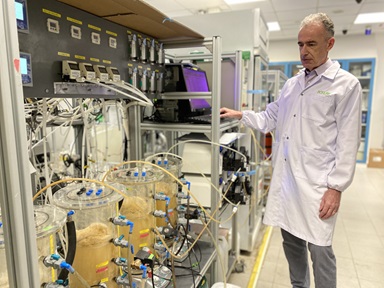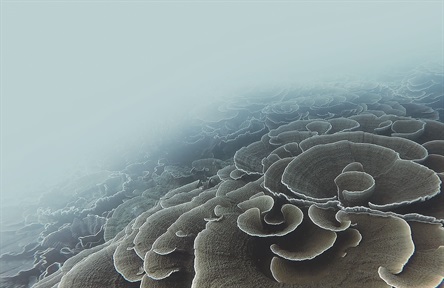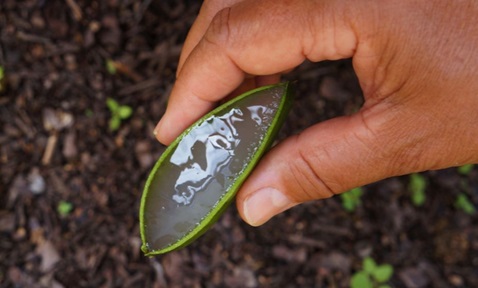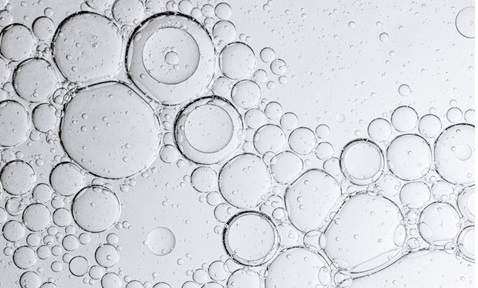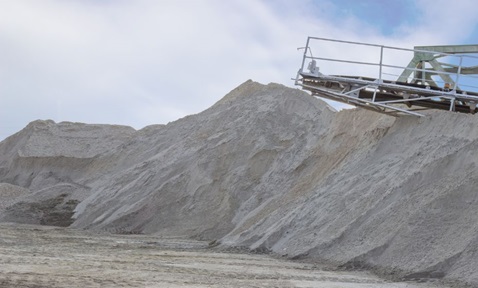
Diafiltration-Nanofiltration-Reverse Osmosis for Brine Management
Synopsis
This innovation optimises brine management by integrating nanofiltration brine recovery, reverse osmosis brine reuse and desalination waste recovery processes. It enhances divalent-monovalent ion fractionation, enabling efficient seawater reverse osmosis resource recovery. The system selectively separates Mg and Na ions at the pre-treatment stage, improving membrane brine treatment efficiency and facilitating high-purity mineral extraction.
Opportunity
Seawater desalination tech, particularly seawater reverse osmosis (SWRO), plays a crucial role in addressing global water shortages. However, conventional SWRO resource recovery processes result in high-salinity brine discharge, leading to environmental concerns and increased disposal costs. This innovation transforms brine from waste to resource, enabling new opportunities for reverse osmosis brine reuse.
While most brine mining processes occur post-SWRO, requiring high energy input and suffering from scaling and fouling issues, this invention shifts ion separation to the pre-treatment stage. By fractionating ions before reaching high concentrations, it enables lower energy consumption, reduced fouling tendencies and enhanced mineral recovery efficiency. The extracted minerals, such as Mg(OH)2 and high-grade NaOH, offer significant economic potential, making membrane brine treatment more viable and cost-effective.
Technology
This system employs diafiltration-NF stages to initiate Mg-Na ion fractionation at the pre-treatment stage, enhancing the separation performance of NF membranes. The NF permeates are combined and directed to the RO stage, which generates both product water and diluent for continuous diafiltration. Energy recovery devices further optimise system efficiency by reducing pumping energy requirements in NF and RO stages.
Overall, the process yields three streams:
- Br1 stream (divalent-enriched) that facilitates high-purity Mg(OH)2 recovery via precipitation.
- Br2 stream (monovalent-enriched) that enables high-grade NaOH extraction via electrodialysis.
- Product water stream that supports seawater desalination tech for potable water applications.
Shifting ion fractionation to pre-treatment lowers scaling risks, reduces membrane area requirements and improves energy efficiency compared to conventional post-treatment processes.
Applications & Advantages
Applications:
- Brine management for seawater desalination tech and industrial wastewater treatment.
- Reverse osmosis brine reuse for enhanced sustainability.
- Nanofiltration brine recovery for high-purity Mg and Na extraction.
Advantages:
- Enhanced Mg-Na separation efficiency for improved SWRO resource recovery.
- Simultaneous Na dilution and Mg concentration, optimising mineral recovery.
- Lower energy consumption and reduced fouling risk compared to post-treatment methods.
- Cost-efficient membrane brine treatment, reducing disposal costs and environmental impact.



